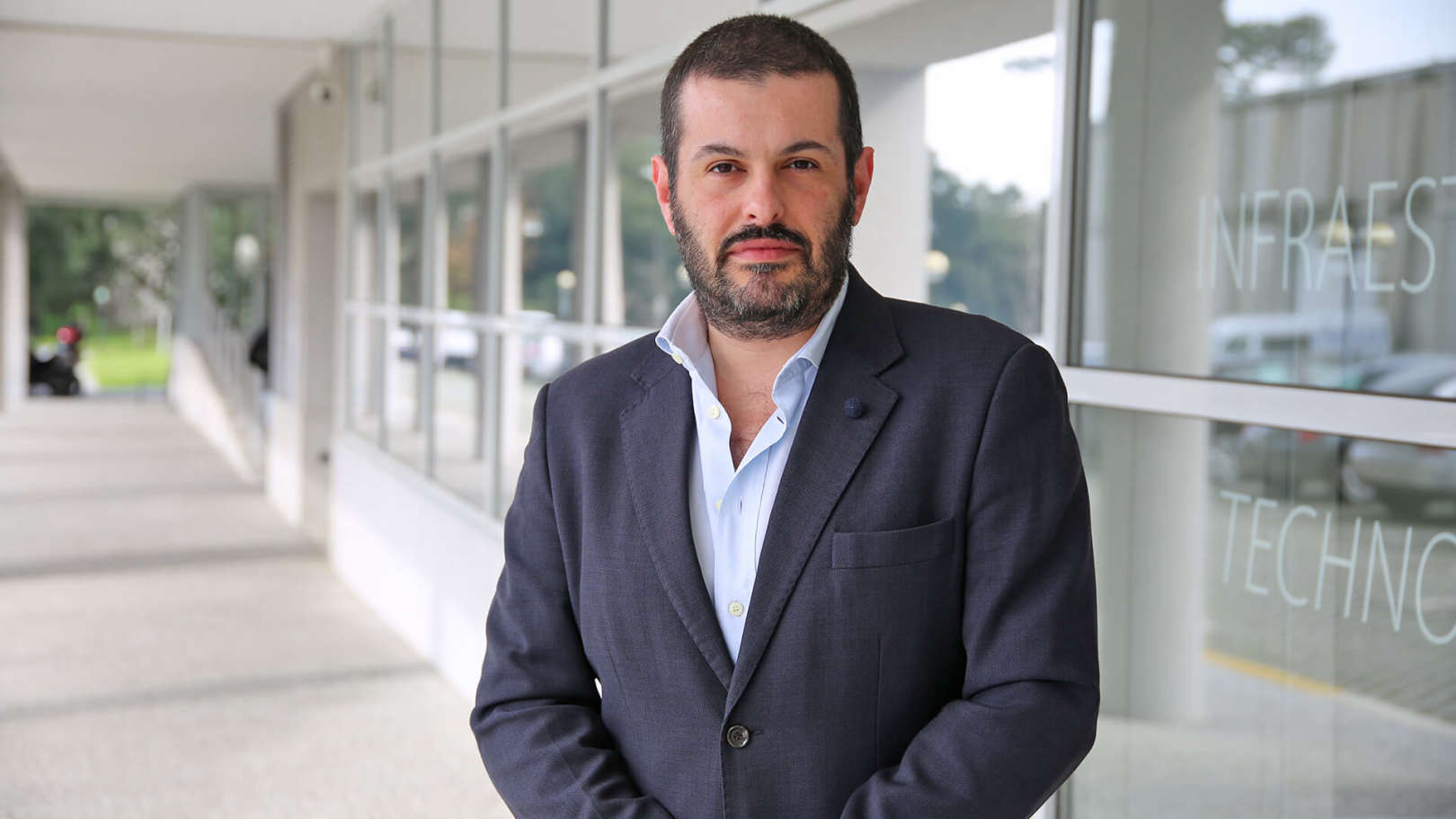About
I am a senior researcher at the Centre for Power and Energy and member of the Board of Directors of INESC TEC. My research areas are distributed electrical resources integration (renewable based electricity generation, electric vehicles, storage, etc.) in distribution and transmission grids, dynamic analysis of electrical systems, smart grids and energy efficiency.





